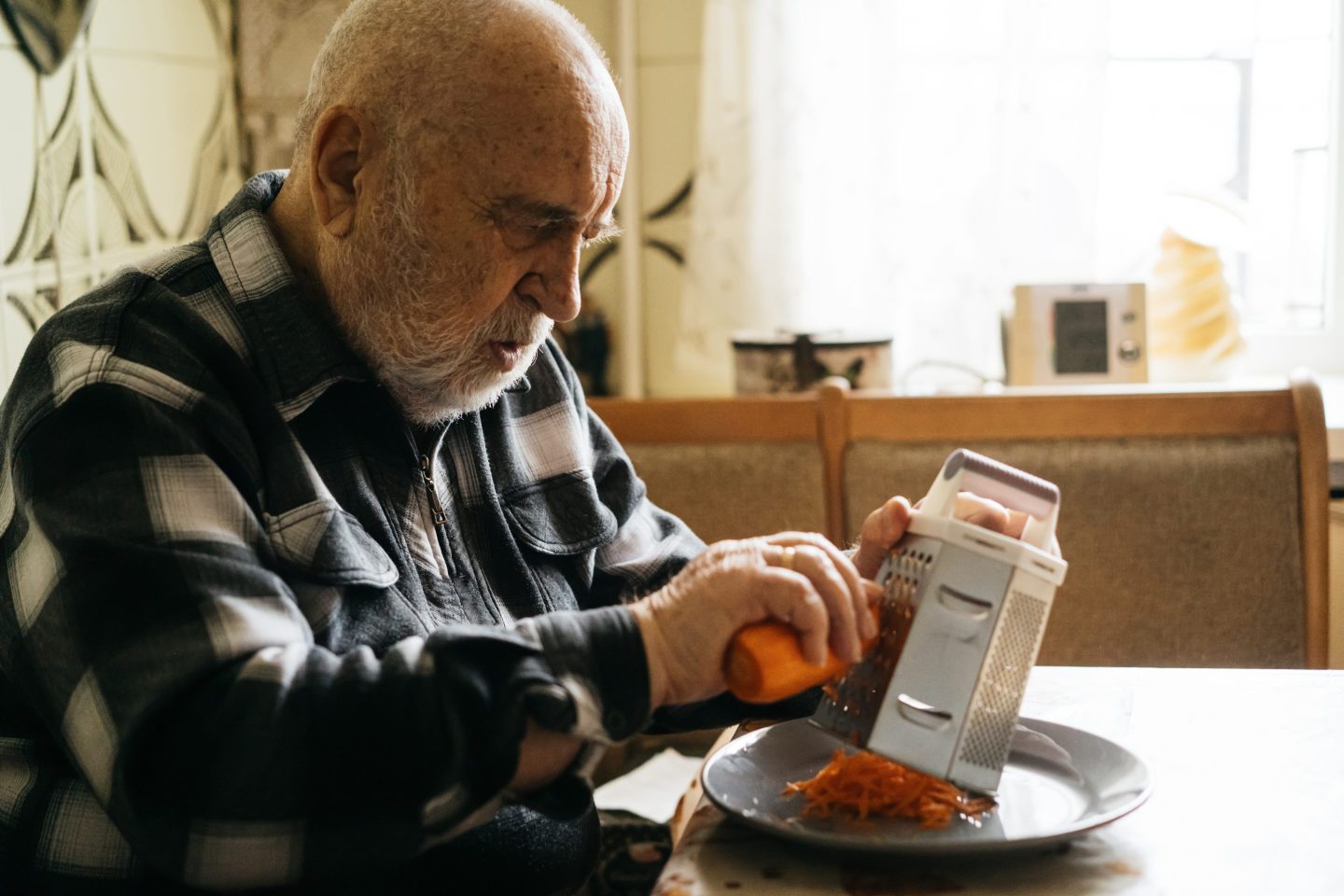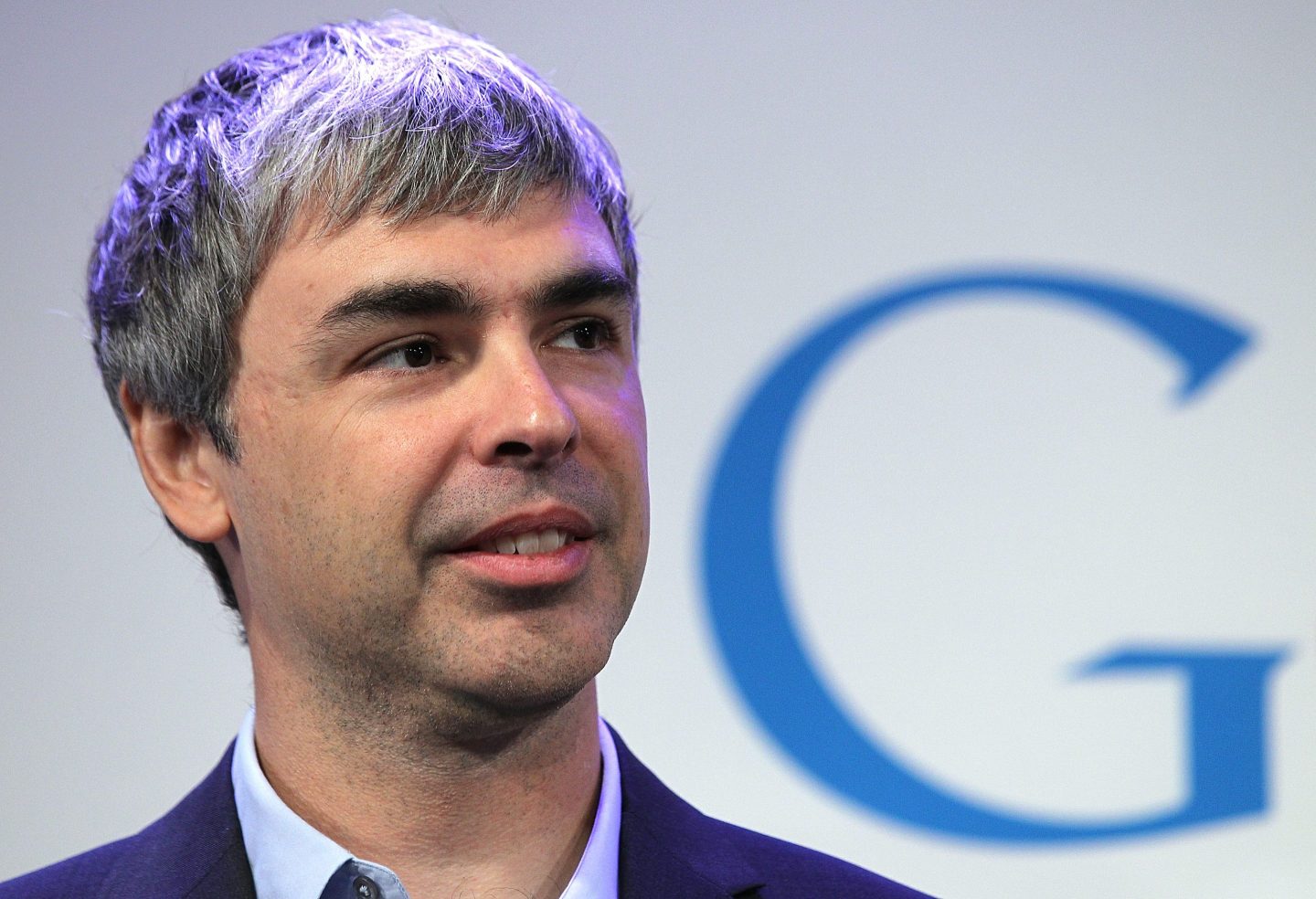Your week in review, in haiku.
1.
Napping while, shopping
while, waiting for Waffles while
black, black, black, black, black.
2.
Wanted: Fixer to
fix the fix the fixers are
in. Must speak slush fund.
3.
What’s good, Greensboro?
Greetings to R. Kelly! Lots
of seats left, we see
4.
Savage birthday Sup,
bra! Velvet rope to enter
undies website. Damn.
5.
John McCain answered
the call of service. Now, he
awaits the call home.
Have a peaceful and happy Mother’s Day weekend
On Point
| Is 2018 the year of Indigenous women leaders? |
| It’s starting to look that way. In the aftermath of Standing Rock, Indigenous activists have put their efforts toward supporting women candidates at all levels of government. If things break her way, Deb Haaland, Democratic candidate for Congress in New Mexico’s first district and a member of the Turquoise clan of the Laguna Pueblo tribe, could likely become the U.S.’s first-ever Native American woman in Congress. And she’s not the only woman breaking barriers. In other news, there is currently a record number of women leading First Nations in Manitoba – ten out of sixty-three chiefs in the province are now women. "It's very exciting, but it is also, I think, a sign of change,” says the new Chief Deborah Smith of the Brokenhead Ojibway Nation, near Winnipeg. |
| The Nation |
| Brand mascots are racially biased, too |
| A new study by The Geena Davis Institute On Gender In Media and The Jel Sert Company called, "Mascots Matter” has found that there is a significant difference in how these brand representatives – everything from cartoon M&Ms to Mr. Clean – are depicted based on race and gender. And there are a lot of them – the survey identified some 1,096 products with mascots attached. Male mascots outnumber females two-to-one, and female mascots are more likely to be depicted as a limiting stereotype, and half as likely to be shown wielding any sort of authority. And only 2.9% of mascots are African American. “I was surprised how few mascots of color there are,” says Davis. “I’m used to seeing low numbers in any media, but only 2.9% of mascots were African-American. Wow, what are we doing? How does that happen?” |
| Fast Company |
| Cardinal Timothy Dolan is cool with Rihanna borrowing his miter |
| The dazzling fashion from the star-studded Met Gala has raised a half-serious question about cultural appropriation. Does a Catholic-themed event count? While the debate rages on, Cardinal Timothy Dolan, head of New York’s Roman Catholic diocese weighed in with a wry joke on Sirius XM’s The Catholic Channel. Rihanna wore a bejeweled version of a miter, the traditional headwear worn by bishops and cardinals on formal occasions. “She gave it back to me this morning,” he said, implying that they’d conferred on fashion. Right? Dolan, who attended the event, said it was all fine. “I didn’t really see anything sacrilegious, I may have seen some things in poor taste, but I didn’t detect anybody out to offend the church.” |
| The Wrap |
The Woke Leader
| More on cultural appropriation |
| The rules of engagement are getting increasingly fraught on this topic since people don’t like being called out for cultural insensitivity – like the 18-year-old from Utah who recently wore a traditional Chinese dress to her prom and sparked a worldwide conversation about it. Others are using the charge to turn the tables on "political correctness". (Ironically, the Met Gala has navigated this issue in previous years, and once again, Rihanna nailed it.) But at the core of the issue is power. Appropriation happens when a majority culture person or brand steals the stories, music, food, fashion, imagery or artifacts from a culture of people who have been systematically denied the ability to present themselves, and profits from it in whatever currency matters to them. It’s complicated stuff, but plenty of people manage to borrow influences without plunder. K. Tempest Bradford, an author who writes and teaches inclusive fiction, weighs in here. Ijeoma Oluo, author of “So You Want To Talk About Race,” has an essay on it here and a video below. |
| Ijeoma Oluo on Facebook |
| A Jim Crow historian takes us to “This Is America” school |
| By now you’ve probably read plenty of interesting takes on the symbolism embedded in Childish Gambino’s extraordinary new music video, “This is America.” This one, from David Pilgrim, the founder and curator of the Jim Crow Museum at Ferris State University in Michigan, offers context about the Jim Crow imagery and the history of minstrelsy that informed American entertainment for decades. “[I]t seems to me that, from the minstrel period to the present, both the people being hurt and the people doing the hurting have often ignored the hurt by dancing,” he says. He also shares other facts, many of them horrific about how black bodies were treated in the aftermath of community violence. “To be black is not only to be surrounded by premature death; it’s also to be surrounded by poverty and hurt and discouragement and belittlement.” |
| Huffington Post |
| The abuse behind your fruit salad |
| The Yakima Herald has been doing a heroic job reporting the stories of women farm workers who experience harassment and assault, many, on a daily basis. They have no place to turn. “For farm workers living paycheck to paycheck, especially single mothers, the fear of losing their job if they report means they’re rather just put up with harassment,” says Blanca Rodriguez, an attorney with an advocacy group. “It’s even harder for immigrant workers who don’t have legal status and fear being turned in to immigration if they report abuse,” she said. What horrors lurk in your supply chain? |
| Yakima Herald |
Quote
|
|---|
| Jack McCain |












